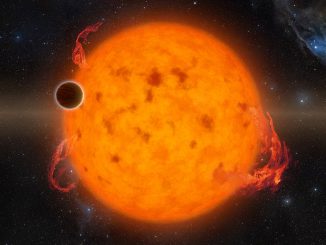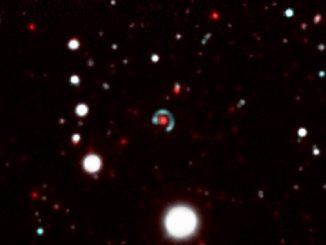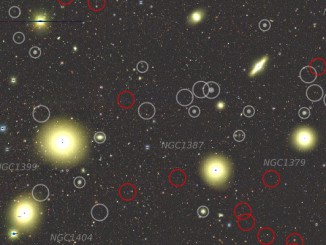
4-metre Blanco Telescope


Distant galaxies ‘lift the veil’ on the end of the cosmic dark ages
Astronomers studying the distant universe have found that small star-forming galaxies were abundant when the universe was only 800 million years old, a few percent of its present age. The results suggest that the earliest galaxies, which illuminated and ionized the universe, formed at even earlier times.

Newborn giant exoplanet found orbiting close to its parent star
A team of astronomers has confirmed the existence of a young planet known as K2-33b, only 11 million years old, that orbits very close to its star (at 0.05 astronomical units), with an orbital period of 5.4 days. Approximately five times the size of the Earth, the new planet is a “super-Neptune” and the youngest such planet known.

A new ‘Einstein ring’ is discovered
This unusual phenomenon, predicted by Einstein’s theory of General Relativity, was discovered by chance by doctoral student Margherita Bettinelli at the Instituto de Astrofísica de Canarias while analysing images of the Sculptor dwarf galaxy. The “Canarias Einstein ring” is one of the most symmetrical discovered until now and is almost circular.

Oodles of faint dwarf galaxies shed light on cosmological mystery
Computer simulations of the evolution of matter distribution in the universe predict hundreds of low mass dwarf galaxies for every Milky Way-like galaxy. An international team of astronomers recently announced the discovery of an astonishing number of faint low surface brightness dwarf galaxies in the Fornax Cluster, suggesting that the “missing satellites” are now being found.

